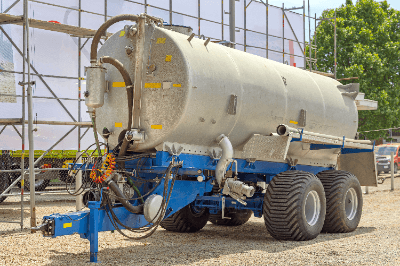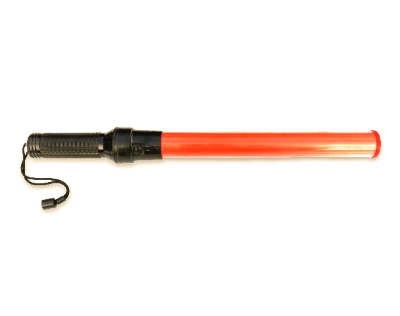What Is Dibutyl Phthalate?
Dibutyl phthalate (DBP) is an organic compound and ester with the chemical formula C16H22O4. Known by various names such as dibutan-1-yl phthalate and n-butyl phthalate, it holds the CAS registration number 84-74-2. DBP is widely utilized as a plasticizer in addition to its roles in adhesives and printing inks.
Uses of Dibutyl Phthalate
As a plasticizer, dibutyl phthalate enhances the flexibility of polyvinyl chloride, polystyrene, and acrylic resins. Its applications extend to lacquers, adhesives, printing inks, pigments, cellophane, dyes, and textile lubricants. DBP also serves as a raw material in pharmaceuticals for its keratolytic, antiseptic, antidiarrheal, and antiparasitic properties, and is used in cosmetics as a fragrance and solvent. Additionally, it functions as a plant growth regulator, pesticide auxiliary agent, and brewing process additive.
Properties of Dibutyl Phthalate
This compound, with a molecular weight of 278.35, appears as a colorless to yellow, aromatic, viscous liquid at room temperature, featuring a characteristic odor. It has a melting point of -35°C, a boiling point of 340°C, and a density of 1.05 g/mL. While it shows good solubility in organic solvents like alcohols, ethers, and benzene, its water solubility is limited to 10 mg/L at 25°C.
Types of Dibutyl Phthalate
Available for both research and industrial use, dibutyl phthalate is marketed in various volumes, catering to laboratory and production needs. As a plasticizer, DBP is prized for its efficiency and processability, finding extensive use in paints, adhesives, and rubber products.
Other Information on Dibutyl Phthalate
1. Synthesis of Dibutyl Phthalate
DBP is synthesized through the esterification of n-butanol with phthalic anhydride, illustrating its chemical production process.
2. Decomposition of Dibutyl Phthalate
Upon hydrolysis, dibutyl phthalate decomposes into n-butanol and phthalic acid, with monobutyl phthalate being a significant metabolite. It reacts with strong oxidants and acids, yielding carbon monoxide and carbon dioxide upon combustion. Proper storage away from extreme conditions and reactive substances is crucial.
3. Safety Information on Dibutyl Phthalate
With a flash point of 174°C, DBP is classified as a flammable liquid. Exposure may lead to allergic skin reactions, respiratory irritation, and potential reproductive harm. Its long-term or repeated exposure poses risks to respiratory health and is highly toxic to aquatic life. Regulatory designations emphasize the need for proper handling, labeling, and risk assessment to mitigate its environmental and health impacts.

